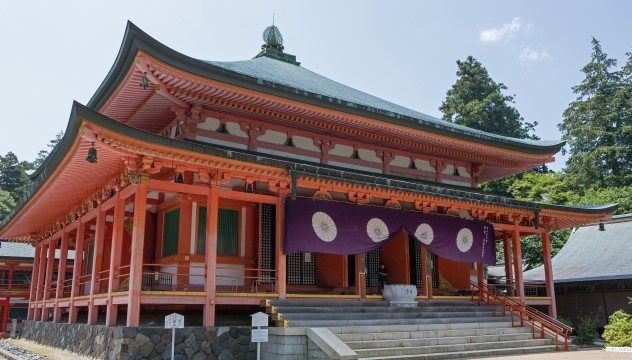Several pivotal battles and conflicts marked major turning points in Japanese history. At these battlefields, warriors staked everything on their military skill, strategic insight, leadership, and economic power - stories that continue to resonate across the centuries. Explore these historic battle sites and experience the lives and ambitions that shaped Japan.
Warring States Period
Battle of Okehazama

Oda Nobunaga vs Imagawa Yoshimoto in 1560. The beginning of the unification of the country and the importance of information became clear.
Battle of Nagashino

Oda Nobunaga & Tokugawa Ieyasu vs Takeda Katsuyori in 1575. A continuous fire with many stocks of gunpowder shifted the war from Cavalry to Guns. 450 years anniversary in 2025.
Battle of Komaki & Nagakute
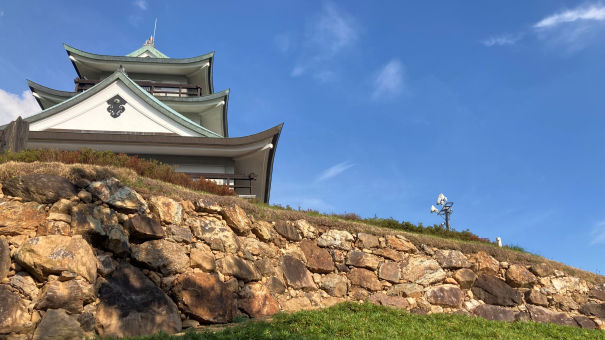
Tokugawa Ieyasu vs Toyotomi Hideyoshi in 1584. Ieyasu's victory demonstrated his military strength and solidified his reputation among warlords across Japan.
Battle of Sekigahara
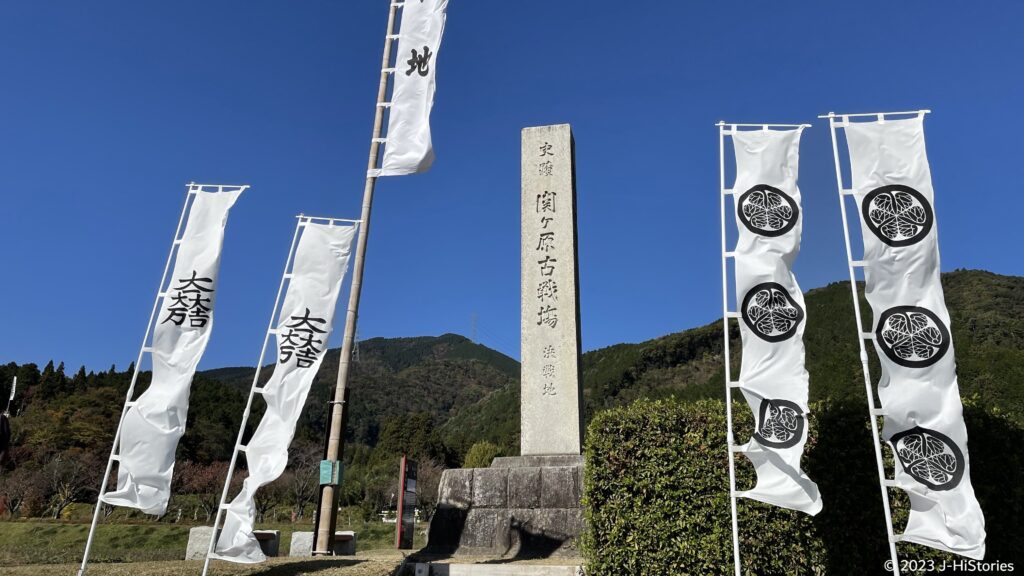
Tokugawa Ieyasu vs Ishida Mitsunari in 1600. 150 Letters Brought the Victory to Ieyasu, who promised territorial rewards for those loyal to the Tokugawa.
Siege of Osaka
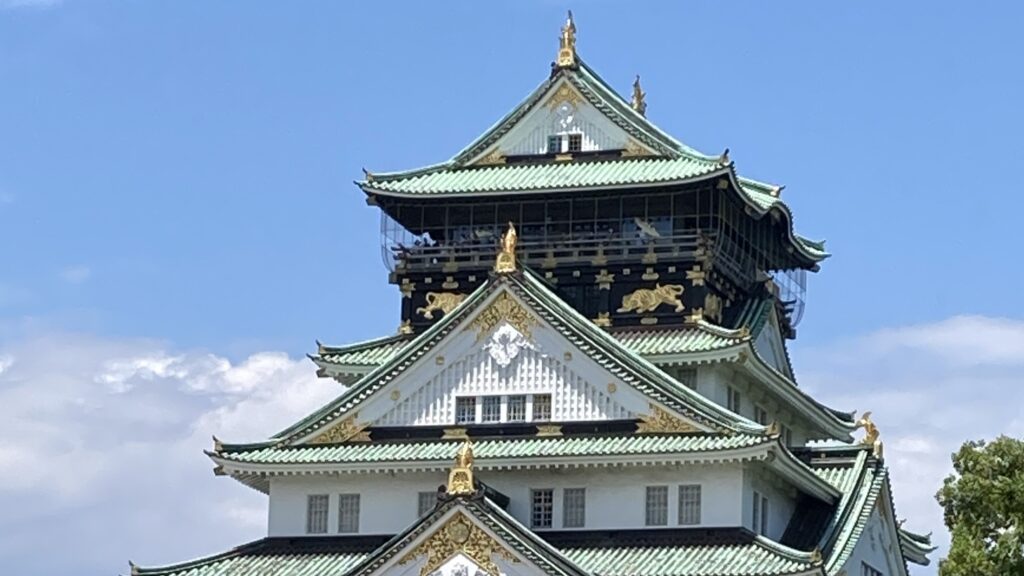
Tokugawa Ieyasu vs Toyotomi Hideyori in 1614 -1615. With the fall of the Toyotomi clan, the Warring States period ended, which began with the Onin War in 1467.
Sanada Maru Fortification

Sanada Nobushige vs Tokugawa Ieyasu in 1614-1615. The Sanada Red Armor represents the elite corps led by Nobushige, who built Sanada Maru and fought against the Tokugawa Army bravely. @ Ueda City Museum
Battles of Ueda Castle

Sanada Masayuki vs Tokugawa Ieyasu & Hidetada in 1585 & 1600. Masayuki repelling the overwhelming armies of Tokugawa not once, but twice. @ Ueda City Museum
Battle of Itsukushima
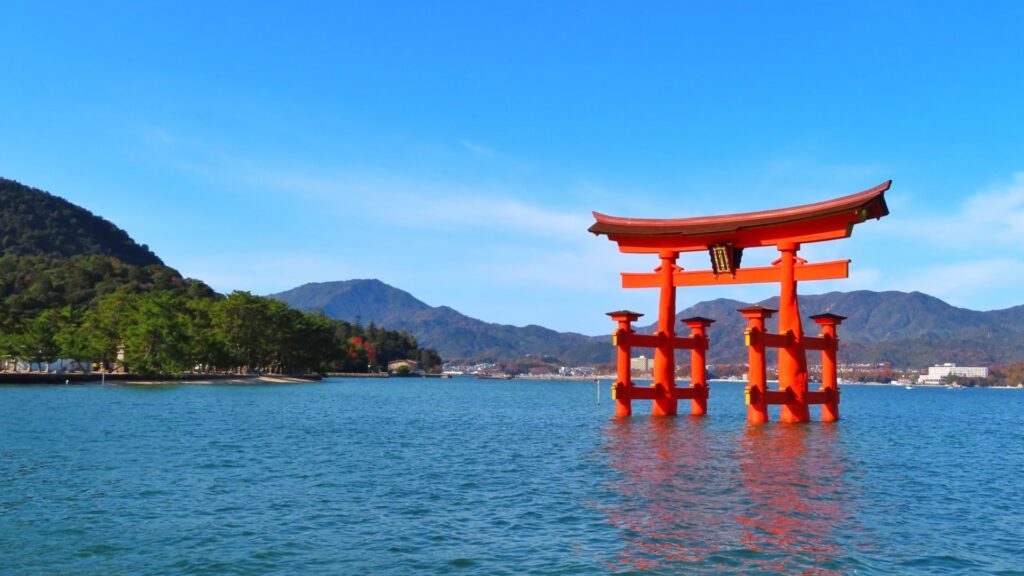
Mori Motobari vs Sue Harutaka in 1555. One of the three greatest surprise attacks in Japan. This is one of Japan's three major surprise attacks on the small island.
Battle of Kawanakajima
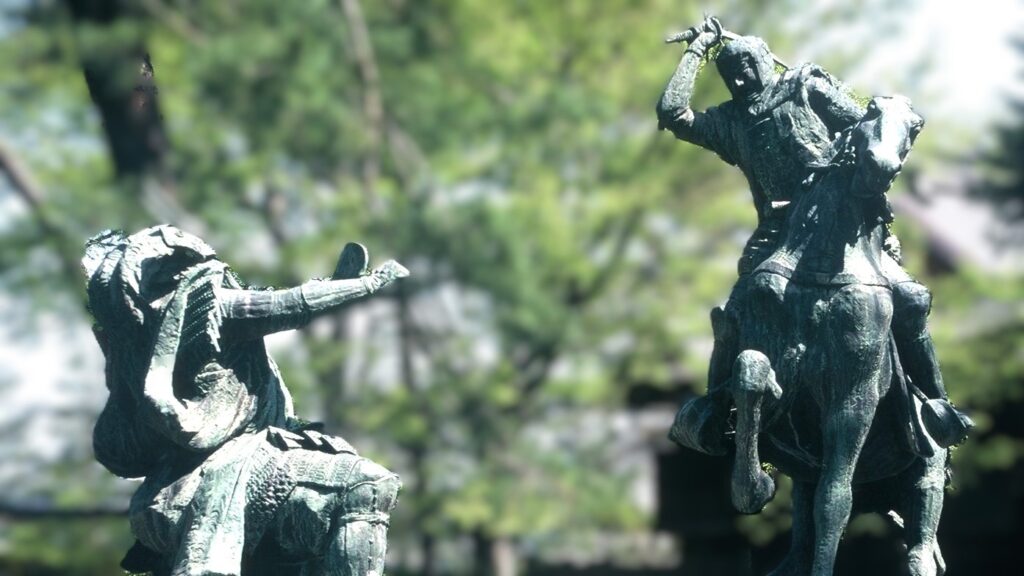
Takeda Shingen vs Uesugi Kenshin in 1553-1564. The two most powerful warlords fought each other for over ten years during the Warring States period.
The Battle to Establish the Samurai Government
Genpei War
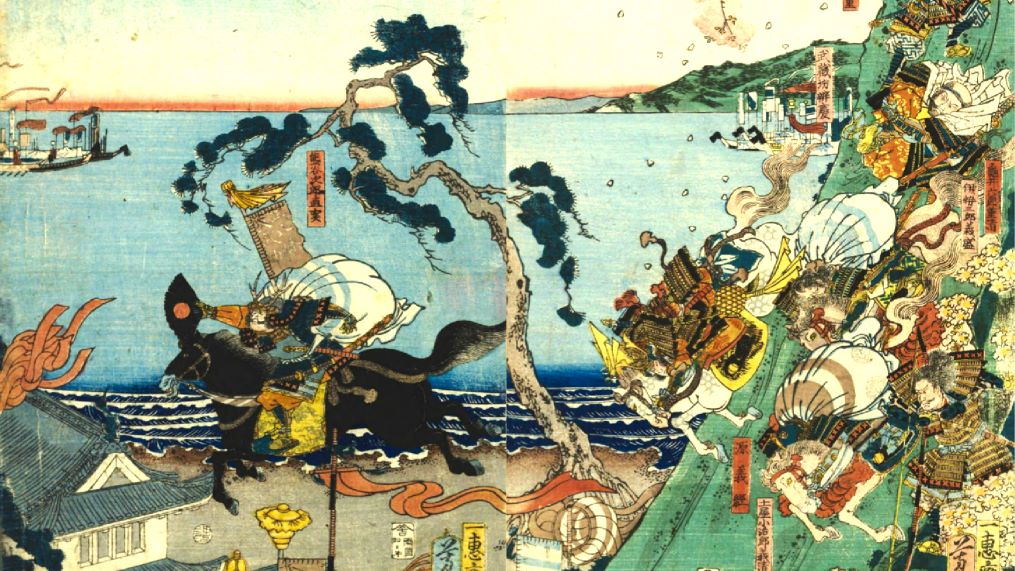
Minamoto Yoritomo & Yoshitsune vs the Taira clan from 1180 to 1185. This established the Samurai government for the samurai. Yoshitune's military strategy shines. (@NDL)
Jokyu War

Emperor Go-Toba vs Regent Hojo Yoshitoki of the Kamakura Shogunate in 1221. It was the first war in Japanese history in which an emperor was deposed by force.
Hogen & Heiji Rebellions
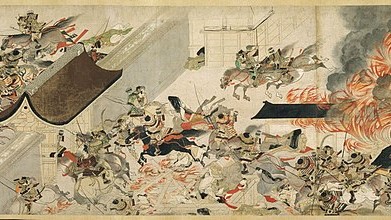
Imperial succession conflicts: Emperor Go-Shirakawa vs retired Emperor Sutoku in 1156 & 1160, involved the Minamoto & Taira clans. It triggered the emergence of the leader of the Samurai class. @ Boston Museum of Fine Arts
The Battle between Temples and Warlords
10-year Honganji War

Honganji vs Oda Nobunaga in 1570 - 1580. After that, Honganji was split into two: East and West.
National Crisis
Battle of Baekgang
Mongol Empire Invasions
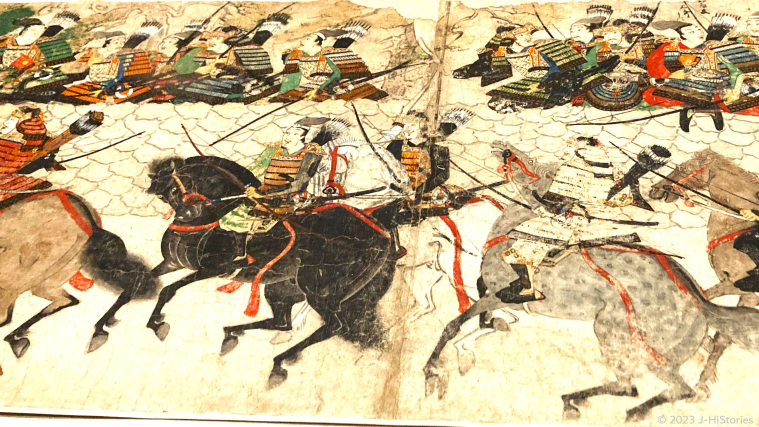
Kamakura Shogunate led by Regent Hojo Tokimune vs Mongol Empire in 1274 and 1281
Turning Points Led by Key Battles
| Jinshin War (672) - Establishment of a Centralized Government Led by the Emperor | |
| Succession conflict of Emperor Tenji (Brother-Prince Oama vs Son-Prince Otomo) | |
| Hogen Rebellion and Heiji Rebellion (1156, 1159) - Rise of the Warrior Class Leaders | |
| Power struggles involving warriors, the emperor, the retired emperor, and court nobles. The Taira clan emerged while the Minamoto clan declined. | |
| Genpei War (Jisho-Juei War, 1180–1185) - Establishment of Samurai Governance in the eastern provinces (Kamakura shogunate) | |
| Minamoto Yoritomo, exiled to Izu after the Heiji Rebellion, overthrew the Taira clan, sparking a nationwide conflict. | |
| Jokyu Rebellion (1221) - Collapse of the Imperial Court’s Governance | |
| Retired Emperor Go-Toba attempted to overthrow the Kamakura shogunate. The shogunate prevailed, becoming the first in Japanese history to exile emperors and retired emperors through military power. | |
| Genko War (1331–1333) - Return to Direct Imperial Rule (Kenmu Restoration) | |
| Emperor Go-Daigo, with the support of Ashikaga Takauji, overthrew the Kamakura shogunate and initiated the Kenmu Restoration. | |
| Disturbances between Northern and Southern Dynasties(1337–1392) - Coexistence of Two Emperors in Japanese History | |
| Emperor Go-Daigo, ousted by Ashikaga Takauji, established the Southern Court in Yoshino, while Ashikaga installed Emperor Komyo in Kyoto, leading to dual imperial courts. | |
| Onin War (1467–1477) - Collapse of the Muromachi Shogunate and Dawn of the Warring State | |
| A nationwide conflict caused by disputes over succession within the shogunate and among the Ashikaga clan, involving feudal lords across the country. | |
| Warring State Period (1467–1593) - Era of Social Upheaval and Prolonged War | |
| ・Battle of Okehazama: Shifted the era from territorial expansion to a fight for unification. | |
| ・Battle of Nagashino and Shitaragahara: Marked the first large-scale use of firearms in com | |
| ・Battle of Komaki and Nagakute: A direct confrontation between Toyotomi Hideyoshi and Tokugawa Ieyasu, future rulers of Japan. | |
| ・Battle of Sekigahara: Decisive conflict involving all feudal lords, determining the unification of Japan. | |
| ・Siege of Osaka: Marked the end of the Warring State Period. | |
| Boshin War (1868–1869) - End of the Samurai Government and Establishment of the Meiji Restoration | |
| Tokugawa shogunate vs Meiji government |

